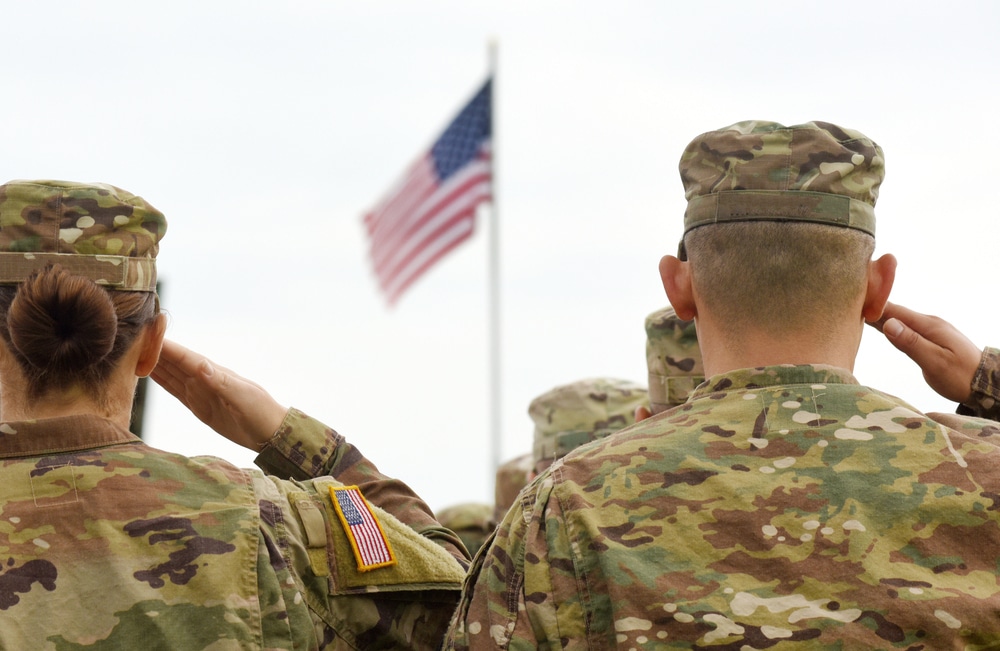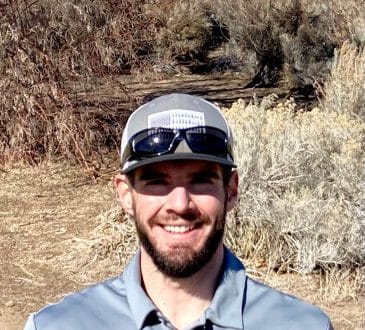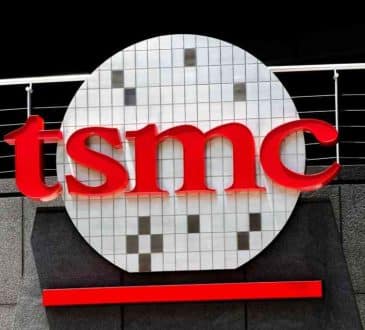Here Are the Extremely Dangerous Jobs the US Military Pays Extra For

When starting one’s military career in the United States Armed Forces, a uniformed service member can expect to receive relatively modest basic compensation. The lowest-ranking personnel usually takes home an annual salary worth below US$30,000.
Despite this reality, many American citizens join the military. After all, this field offers plenty of advantages like the many scholarships, premium healthcare services, and taxation relief.
Prospective military personnel can actually receive extra income by volunteering for some duties the United States Armed Forces designate as highly risky. The hazard pay is the monetary incentive that participants in the military can receive if they perform jobs that have the dangers of physical injury.
CEOWorld Magazine aims to inform readers about the specific duties for which the United States military gives cash incentives. The researchers reviewed the United States Department of Defense’s Hazardous Duty Incentive Pay or HDIP record to determine the jobs and scenarios the United States Armed Forces considers risky and pays additional income.
In the following list of the 18 High-Risk Jobs in the US Military with Hazard Pay, the various duties are arranged based on the lowest maximum HDIP monthly rate to the highest. This figure is prorated when paid to show the duration of the military service member’s actual qualifying performance during the month.
- Demolition job
Demolition duty is among the jobs for which military service members can get extra payment. The maximum danger compensation per month for this task is US$150. When performing demolition, a uniformed service member utilizes specialized vehicles and explosives for the destruction or clearing of barriers, buildings, and defensive walls. He also prevents the movement of opponents and helps friendly forces maneuver and make progress. - Job involving getting exposed to highly poisonous pesticides
Military service members who take on duty that involves exposure to highly toxic pesticides can receive a maximum danger compensation worth US$150 monthly. A uniformed service member is assigned to a military base’s pest management, pest control, preventive medicine, and entomology department. He can expect to experience regular and frequent exposure to highly poisonous chemicals designed to exterminate pests. - Chemical device or munition handling job
Chemical devices or munitions are specifically manufactured to cause death or inflict harm via poisonous chemical release. They can be spray tanks, mortars, mines, artillery shells, bombs, or missiles. A uniformed service member handling chemical munitions or their parts typically receives US$150 worth of maximum hazard compensation every month. - Poisonous fuels and propellant operator
According to CEOWorld Magazine’s researchers, military service members who service missiles or aircraft using highly toxic propellants or fuels usually get US$150 as the maximum monthly hazard compensation. - Job involving high-pressure chambers
In the military industry, service members can take on the duty of working in a hyperbaric complex or high-pressure chamber. This pressurized environment is usually involved in hyperbaric oxygen therapy, where an individual breathes in 100-percent unadulterated oxygen. The duty involving working with the recompression chamber pays US$150 as the maximum monthly danger payment. - Job involving human deceleration or acceleration equipment
CEOWorld Magazine’s researchers discovered that uniformed service personnel can take on the duty of using experimental deceleration and acceleration devices. These military service members can take home US$150 worth of maximum hazard compensation monthly. - Working with low-pressure chambers
Military personnel who conduct tests in physiological facilities and within a low-altitude or low-pressure chamber can expect a maximum danger compensation of US$150 a month. - Conducting thermal stress experiments
Thermal stress experimentation is among the duties with additional pay in the military. Uniformed service members performing this job can receive a maximum hazard payment of US$150 monthly. - High-risk flight deck job
Military service members can get US$150 a month as the maximum hazard compensation if they take on the highly dangerous flight deck duty. In this type of job, a service member is present during flight operations at a designated duty station. This area can be a ship from which an aircraft gets launched and recovered during a flight’s operations. Another location of a duty station is an aircraft carrier’s flight deck. - Laboratory work using live, hazardous bacteria or viruses
In the military, CEOWorld Magazine researchers discovered that service members can conduct or take part in basic or applied research. This job involves utilizing live and dangerous viruses or bacteria. Uniformed service members can receive a maximum monthly danger payment worth US$150. - Performing maritime visit, board, search, and seizure (VBSS) tasks
Visit, board, search, and seizure (VBSS) refers to the maritime boarding strategies and actions. United States law enforcement and military agencies utilize this terminology. Uniformed service members who work in VBSS units regularly and frequently participate in maritime boarding tactics and actions aboard vessels. These operations support maritime interdiction activities. Additionally, VBSS team members perform safety, customs, and other inspections, seize adversary vessels, and fight trafficking, piracy, and terrorism. They take home US$150 as the maximum danger remuneration per month. - Polar region flight operator
A military service member can receive the maximum danger payment of US$150 a month if he takes on the job of being a polar region flight operator. This duty involves a uniformed service crew member working on the Arctic ice pack or in Antarctica using ski-equipped aircraft. A polar region flight operator participates in landing on or take-off from these regions’ grounds. Furthermore, he handles or services cargo linked with the airplane on either the ground of the Arctic ice pack or Antarctica. - Being a Weapons of Mass Destruction Civil Support (WMDCS) group member
The United States Armed Forces has a Weapons of Mass Destruction Civil Support (WMDCS) team. A uniformed service member who takes part in this group can expect to take home US$150 as the maximum danger payment every month. As a WMDCS group member, a military service personnel examines and identifies suspected Weapons of Mass Destruction dangers. Furthermore, he advises civilian responders regarding the correct measures to take via expert consultation and on-site testing. A WMDCS team member facilitates the arrival of more federal and state military forces. - Parachutist
In the military, a parachutist engages in parachute jumping. He performs this job from an airplane while in flight. Two types of parachutists receive different maximum hazard compensations monthly. Freefall parachutists conduct military freefall operations and receive up to US$225 a month. Meanwhile, static line parachutists involve jumps in a static line and can receive US$150 monthly. - Hostile fire job
The hostile fire job entails getting exposed to a confrontational fire incident. Furthermore, a military service crew member taking on this duty usually gets assigned to a location where a warlike happening can take place. He may find himself in a serious risk of physical injury. CEOWorld Magazine researchers found that uniformed service crew members who take on the work in a belligerent fire site can receive US$225 as the maximum hazard remuneration every month. - Impending danger duty
Military service members can take on the impending danger job and receive hazard pay. This highly risky duty subjects them to imminent hazard or the threat of physical injury. The impending danger job is based on civil wars, terrorism, civil insurrection, or wartime conditions abroad. Uniformed service members can take home US$225 as the maximum hazard payment monthly. - Diver
In the United States Armed Forces, proficient military divers engage in regular sessions. They receive a maximum monthly danger compensation worth US$240. Military divers are responsible for various tasks. They include ship repair, underwater reconnaissance, ordinance disposal, and demolition. Additionally, military divers engage in search-and-rescue operations, finding missing people, and salvaging underwater conditions. These uniformed service members who are typically deep-sea and scuba diving specialists conduct port infrastructure maintenance and repair. They categorize and inspect piers and bridges and perform construction work. Finally, military divers deliver mobility support to land operations. - Flight duty
Aircrew and non-aircrew members take part in regular and frequent aerial flights. Aircrew members can take home US$110 to US$250 as the maximum monthly hazard payment. Their risky job involves regular and frequent aerial flights as a crew member. Meanwhile, non-crew members can receive US$150 when they conduct the dangerous job of regular and frequent aerial flights. They can volunteer for and stay in flight job assignments as “other than” crew members.
The list featuring the 18 High-Risk Jobs in the US Military with Hazard Pay compiled by CEOWorld Magazine researchers shows the duties or tasks United States military service members can take on for additional income.
Interested personnel can volunteer for these jobs. However, they should keep in mind that these unsafe duties that pay extra income qualify only those who underwent rigorous training.
After all, highly risky military tasks can result in critical physical injuries and even demise. Hence, only specialists or those who completed the training and passed the tests can perform them.
Have you read?
The world’s top 50 most popular luxury brands for 2023.
Richest Tennis Players In The World.
Richest Actors In The World.
The World’s Richest People (Top Billionaires, 2023).
Revealed: Countries With The Best Health Care Systems, 2023.
Top Most Valuable Coins For Collectors Across The Globe.
Bring the best of the CEOWORLD magazine's global journalism to audiences in the United States and around the world. - Add CEOWORLD magazine to your Google News feed.
Follow CEOWORLD magazine headlines on: Google News, LinkedIn, Twitter, and Facebook.
Copyright 2025 The CEOWORLD magazine. All rights reserved. This material (and any extract from it) must not be copied, redistributed or placed on any website, without CEOWORLD magazine' prior written consent. For media queries, please contact: info@ceoworld.biz











